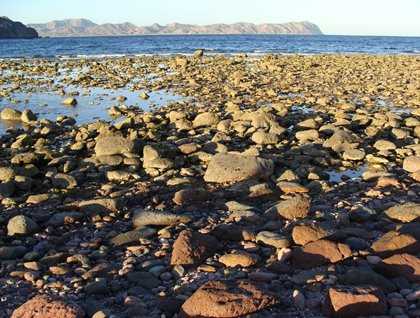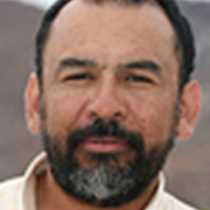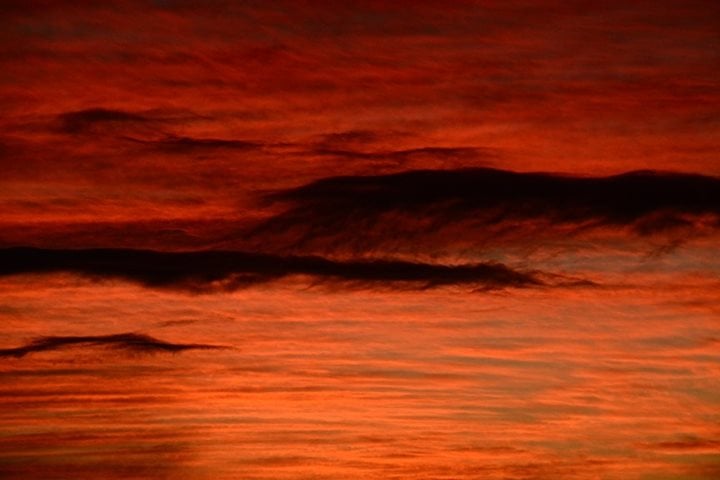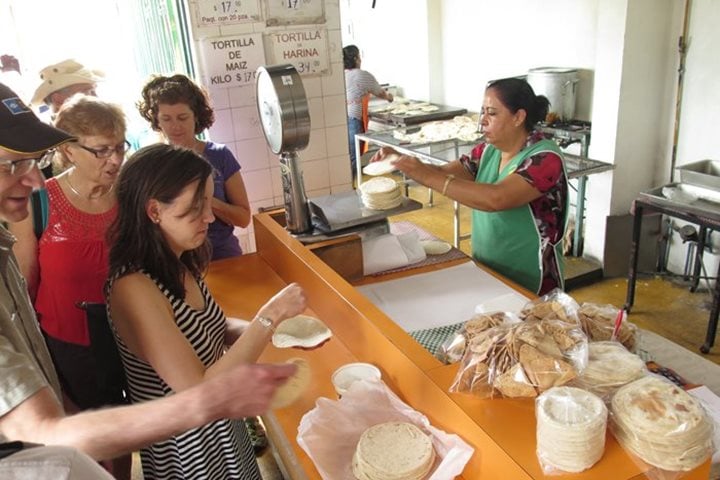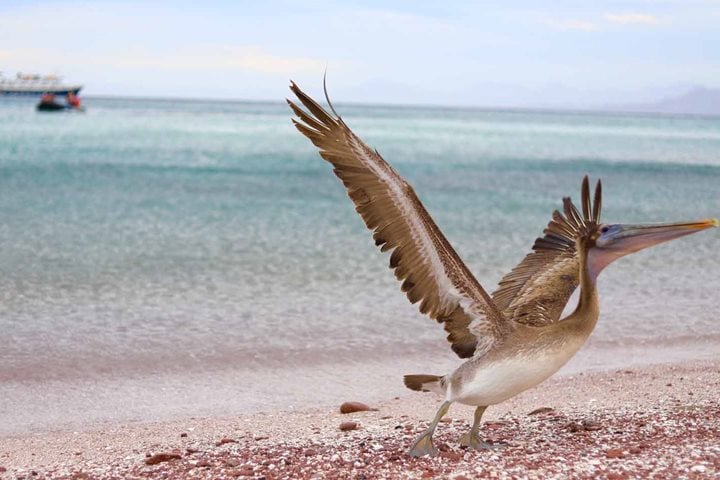Last night National Geographic Sea Bird arrived to a small and beautiful island called San Francisco—a name that honors San Francisco Javier, one of the founders (with Ignacio de Loyola) of the “soldiers of Jesus”—the Jesuits.
This volcanic land-bridge island has an excellent cove where the ship anchored for today’s activities. In fact, at 6:45, a team of photographers went down to the island with the purpose of getting in their cameras the unique colors of the Sonoran Desert at sunrise: green, pink, red, and orange. Later, after breakfast, guests and naturalists departed to conquer the ridge of a chain of hills and had a view of the magnificent Half-moon Bay below. Other hikers explored the flat terrain inland that, at times, is filled with seawater forming an evaporative lagoon that the local fishermen modified with excavating pools. They did this in order to collect salt—used in coolers with ice to freeze fish, especially red snapper. We also enjoyed the halophytes, or salt-loving plants like the different grasses, iodine bush, peckleweed, amaranth, blazing star and others. There were members of the cactus family as well in the foothills, including the galloping cactus and the little nipple cactus with fruits.
In the afternoon after lunch we played in the water with kayaks, stand-up paddleboards, and snorkels, but the highlight was tide pooling at the northern end of the island. The weather and water conditions were excellent, with a low tide that allowed us to explore the rocky beach for marine life. It didn’t take too long for our undersea specialist Alberto Montaudon to collect (for in situ observation purposes) a sample of the huge diversity of marine invertebrates that inhabit the Gulf of California: sea stars, sea cucumbers, sea urchins, moray eels, shrimp, flat worms, and a myriad of crabs of different sizes and color, among other creatures. For me the most exciting animals were the polychaete worms, which are related to the earthworms and leeches, grouped together in the class Anellidae. Here in the gulf there are more than 500 species and more to de discovered, described and named. These segmented marine worms are one of the food items preferred by the local and migrant shore birds, like godwits and whimbrels. This busy and wonderful day was finished by a delightful dinner on the beach and a bonfire. The darkness of the night covered us later to show us bright stars in the black sky.

